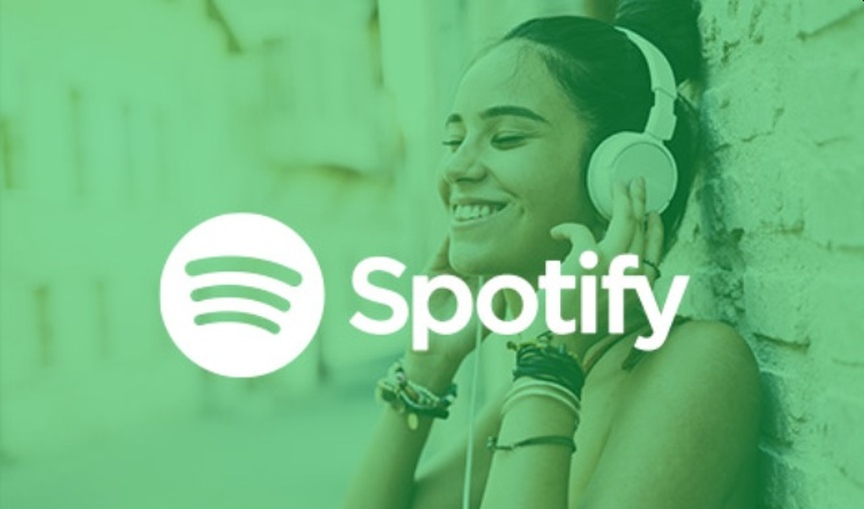Spotify is expanding beyond music streaming through acquisitions and massive investments in podcasting and exclusive contracts

Spotify is one of the world’s most popular music streaming services, with 356 million monthly active users, including 158 million premium subscribers. The music streaming behemoth has seen explosive growth in revenue and customer base in recent years. In the last quarter that ended in March, Spotify’s revenues grew by 16% year-on-year to nearly $2.59 billion, while its premium revenues grew by 14% to $2.27 billion.
With billions of dollars war chest, Spotify is trying to expand beyond music streaming service through acquisitions and massive investments. Unlike previous acquisitions of companies like Tunigo, Seed Scientific, Cord Project, Soundwave, and CrowdAlbum in 2016, Spotify makes foray into live audio programming, podcasting, and exclusive contracts.
Just like when iGaming platforms offer live gaming, bingo, and even sports betting in addition to traditional games where users play the best online slots, Spotify has made at least five acquisitions in recent years as it looks to diversify its offerings to complement its music streaming service.
In 2019, for example, Spotify acquired three podcast companies, including Gimlet Media, the maker of the popular podcasts “Crimetown” and “Reply All.” The spending spree didn’t end there. As we also reported back in March and June, Spotify also acquired live audio app Locker Room maker Betty Labs to take on Clubhouse.
Just last month, Spotify also launched Clubhouse Clone Called Greenroom on iOS & Android, marking its first foray into creating a social media platform. Also in June, Spotify bought Paris Hilton-backed podcast discovery Podz, a tech startup that developed an auto-generated “audio newsfeed” for podcasts. The terms of the deal were not disclosed. In the past few years, it has spent around $900 million on podcast assets to help Spotify rise to the top of the podcast market.
Anchor
One of the earlier Spotify acquisitions is Anchor, a service that helps first-time podcasters with everything they may need to know to start their podcast. Anchor is an easy-to-use introductory operating system for podcasting with creator tools for uploading, distributing, and connecting with sponsors for their show.
Many people feel the Anchor tool is compelling, and the data agrees; it shows that around 75% of first-time podcasters use Anchor. According to reports, Spotify paid $150 million in cash to acquire Anchor back in 2019. While Anchor’s financial details aren’t publicly disclosed, the acquisition was a smart move for Spotify. The streaming giant said the Anchor buyout would allow it “to leverage Anchor’s creator-focused platform to accelerate the Group’s path to becoming the world’s leading audio platform”.
The acquisition was also considered a safer bet to purchase a podcast distributor than just a specific show. Investing in the distribution of Spotify is betting on the market as a whole. It’ll keep growing in value as long as advertisers move away from radio and towards podcasts. Since more people are listening to podcasts, that seems like what will happen.
Megaphone
In November 2020, Spotify bought the podcast advertising and publishing company Megaphone for $235 million. This company groups advertisers into one place, allowing them to bid on ad spaces in various podcasts. The ad is inserted into the slot at a price both parties agreed to based on listener data like gender, age, interest, and purchasing habits. This practice is called dynamic ad insertion; it means that not everyone will hear the same ad on the same show. Using Megaphone, advertisers can target a particular audience to improve marketing campaigns.
Megaphone isn’t a free tool like Anchor; it costs podcaster $99 a month and a 50% cut from ad revenue. Though this sounds like a hefty expense, podcasts with a consistent audience can benefit from this service. The main reason for this is that the podcast controls its ad inventory. Podcasters can place ads throughout their show and change the price for advertisers to bid. So they can ensure they have an advertiser at a reasonable price, even if it’s not the one they want.

Impact On Spotify
Although the financials of these companies are unknown, it isn’t much of an assumption that they have high profit margins. Both companies are ad marketplaces, with users making content and advertisers bringing in money; Anchor and Megaphone bring the two together. A business model like theirs has many up-front costs to develop the product and attract users, but the cost decreases as more people use their services.
Conclusion
Spotify is showing it’s willing to innovate through its acquisitions and exclusive contracts. The company has been spending large amounts of money trying to establish itself in the market. Time will tell if their investments will turn a profit.

